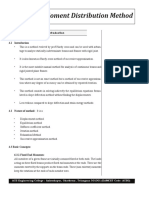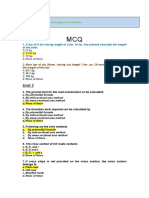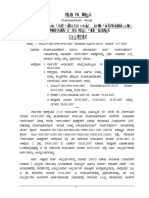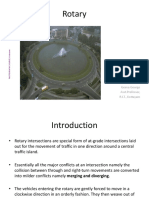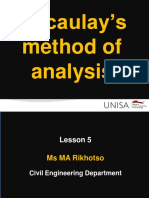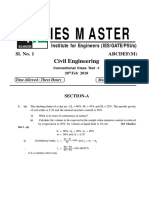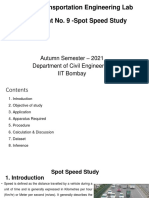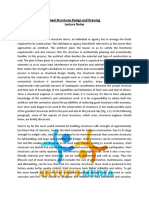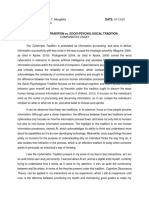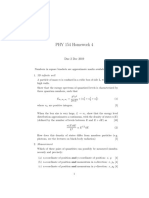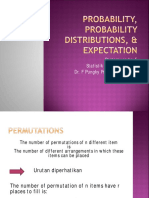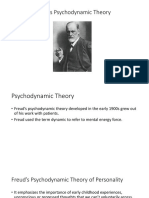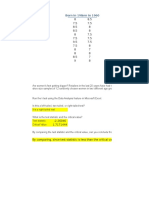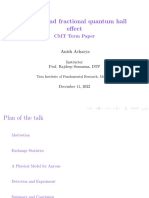0% found this document useful (0 votes)
632 views21 pagesProbability Method in Traffic Engineering
The document discusses different probability distributions used in traffic engineering including the binomial, Poisson, and normal distributions. It provides examples of how to calculate probabilities of events using each distribution based on sample speed limit and traffic data. The binomial distribution is used to calculate the probability of a certain number of vehicles breaking the speed limit. The Poisson and normal distributions are used to calculate probabilities of continuous variables like speeds falling within given ranges.
Uploaded by
trtl_1970Copyright
© Attribution Non-Commercial (BY-NC)
We take content rights seriously. If you suspect this is your content, claim it here.
Available Formats
Download as PPT, PDF, TXT or read online on Scribd
0% found this document useful (0 votes)
632 views21 pagesProbability Method in Traffic Engineering
The document discusses different probability distributions used in traffic engineering including the binomial, Poisson, and normal distributions. It provides examples of how to calculate probabilities of events using each distribution based on sample speed limit and traffic data. The binomial distribution is used to calculate the probability of a certain number of vehicles breaking the speed limit. The Poisson and normal distributions are used to calculate probabilities of continuous variables like speeds falling within given ranges.
Uploaded by
trtl_1970Copyright
© Attribution Non-Commercial (BY-NC)
We take content rights seriously. If you suspect this is your content, claim it here.
Available Formats
Download as PPT, PDF, TXT or read online on Scribd
/ 21




